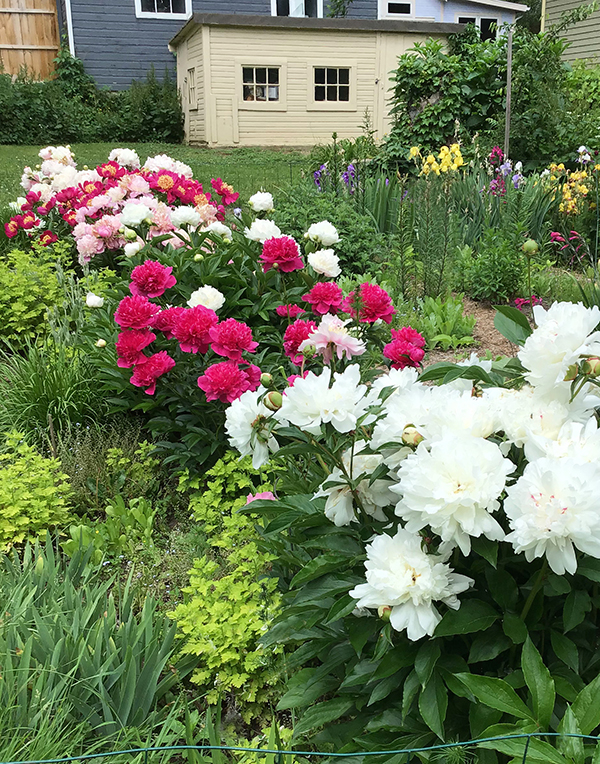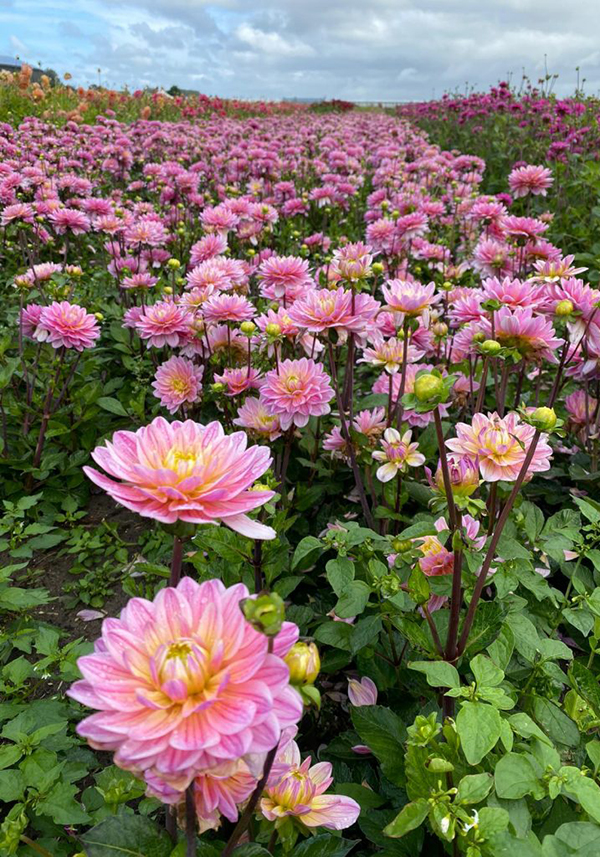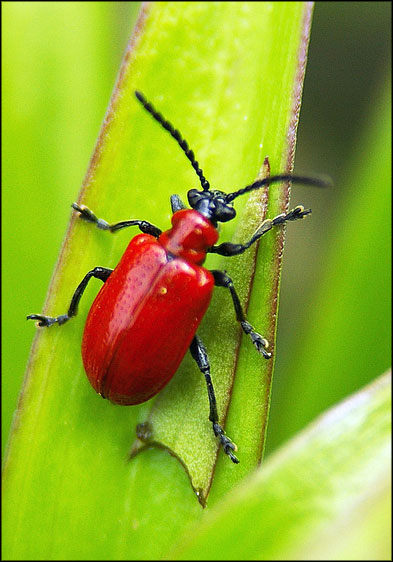I’ve been gardening since I was seven or eight, inspired by a love of nature and a grandmother who nurtured me along with her plants.
And though I’m still constantly learning, here are a few of the lessons the garden has taught me so far and that guide me today. Hopefully some of them will resonate with you, and maybe get you thinking about what you’ve learned so far and what guides you today in nurturing your own little bit of paradise.

Garden for yourself. There’s nothing wrong with making your front yard look good for the neighbors, or planting native plants for pollinators, and so on. But the garden is one of the few places in life where you can truly follow your own heart, and I think you’ll find it’s a lot more fun when you do that. But please remember ….
Your garden is their home. The older I get, the more I feel for the thousands of tiny creatures that live in my garden: bees, ants, worms, spiders, and all the rest. Most of them are good for the planet, they work harder than I do, and they love my garden, too! Now instead of being a clueless Godzilla rampaging through their world, I look out for them – and that has made my gardening more interesting and satisfying.
It’s mostly about the plants. Garden history books usually emphasize design and constructed features rather than plants, and some garden magazines do that, too. But for most of us gardeners, plants are the heart of the garden. They’re why we garden. Sure, we like to arrange them so they look good, and we probably have some garden furnishings, but we’re not landscape architects, we’re plant lovers. Never feel as if that’s somehow less worthy. Embrace it.
Step one is paying attention. It’s a lot like “showing up” for your kids. If you’re not out there really looking at your plants on a regular basis, you’re not going to know what’s going on and small problems – weeds, pests, whatever – will soon become big ones. Also, nothing can teach you as much about your plants as they will, if you’re paying attention, and the more you look closely at them, the more you’ll enjoy them.
Don’t be daunted by the hype. It’s easy to get seduced by photos of a spectacular garden, a blog post about how easy it is to grow something, or an enticing catalog description. But reality often falls short of these rosy visions, and that can get discouraging. Instead, remind yourself that much of what you see and read about gardening is more like la-de-da Hollywood movies than the real world and you’ll be a much happier gardener.
You will make mistakes. Lots of mistakes. Learn from them and it will lessen the sting, plus you’ll do better next time. And forgive yourself. Not everything is in your control, and no one is perfect – just like in the rest of life.
Editing is more important than planting. Adding new plants to the garden is fun, but since plants are always growing and changing (and we all make mistakes!) it’s good to keep looking at your garden with a critical eye and pruning this, moving that, and getting rid of plants you no longer love. Without editing, no garden will ever look its best – and sometimes you need to be ruthless about it.
Weeding is endless. Learn to love it. Weeds will always be a part of your garden, and once you accept that, plan for it, and keep after them, you may find that what was once a dreaded chore is relaxing, even soothing, and gives you time to enjoy your garden up close while your thoughts wander freely. What’s not to like about that?
Start early, go late. We all love spring, but it’s not much fun when it gets so busy that you feel rushed and overwhelmed. I’m sure I’ll never avoid that completely, but I’ve learned to garden longer in the fall, doing as much as I can then so I won’t have to do it in the spring, and then I start again as early as I can in the spring. Yes, it’s cold, and I have to push myself to get out there, but the payoff is worth it, and I’ve come to actually enjoy doing it.
Cultivate anticipation. Looking ahead is one of the greatest pleasures in gardening, so make the most of it. Daydream about your newly-planted bulbs all winter long, admire your buds as much as your flowers, and enjoy not only the garden you have now but the one you’re constantly planting and reshaping in your imagination.
Pass it on. I think I was born a gardener, but I got some important inspiration and encouragement along the way from my Grandma Billie, my dad (who helped me plant my first gardens), Sally Campbell (who paid me to do what I loved doing), Art Tucker (who opened my eyes to heirloom plants), and a host of other gardeners. You can pass that gift along, too, and when I think of my four-year-old grandson excitedly showing me the flowers he asked his parents to buy him at the farmers’ market, I can promise you that it will bring you enormous joy as well.
That’s not all, of course, but I have to go. Happy gardening!













